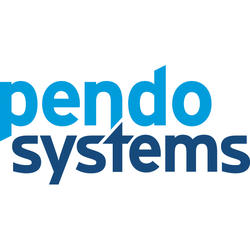VAST Data Introduces SyncEngine to Turn Disconnected...
- 21.08.2025 02:05 pm
Brightwave Launches Research Agents: The First Analyst...
- 13.08.2025 09:45 am
Smartsearch Integrates LSEG’s World‑Check One Solution...
- 04.08.2025 09:35 am
Ultumus Selects BMLL to Make Best‑In‑Class Global ETF...
- 31.07.2025 09:45 am
Behavox’s Enhanced Multi‑Layered Deduplication Cuts...
- 25.07.2025 05:55 am
FinMont Achieves SOC 2 Compliance Certification,...
- 07.07.2025 06:10 am
Making Banks’ Data Reporting More Efficient
- 03.07.2025 12:25 pm
Apiture and Cornerstone Advisors Join Forces to Help...
- 12.05.2025 03:35 pm
VAST Data and Google Cloud Collaborate to Accelerate...
- 06.05.2025 10:05 am
Leeds Building Society Enhances Financed Emissions...
- 01.05.2025 09:35 am
Spendesk Partners With Dust to Provide Tailored and...
- 28.04.2025 05:35 pm
Allvue Systems Launches AI-Ready Nexius Intelligent...
- 17.04.2025 11:05 am






















